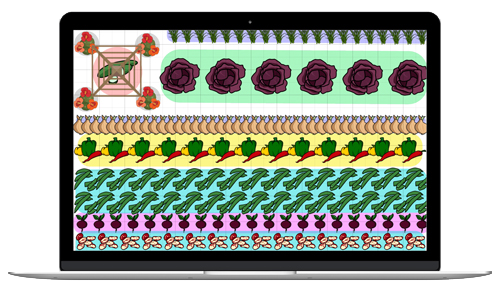
Photo Credit
saypinarcs
Subhead
Spice up your garden with easy-to-grow mustard greens—bold flavor, big benefits
The Almanac Garden Planner - Use It Free for 7 Days!
Plan your 2025 garden with our award-winning Garden Planner.
Read Next
Types
- ‘Red Splendor’ is a heat-tolerant (bolt-resistant) variety with deeply lobed green and purple leaves. It is a hotter-flavored mustard green and works well for baby greens.
- ‘Southern Giant’ is a large-leafed and tall variety. An heirloom from the South, this classic mustard green will provide tons of fresh harvests.
- ‘Wasabina’ has a gentler flavor and works well for harvest when young and tender.
- ‘Feaster Family’ heirloom mustard grows large, about 20-25” tall, with large, upright, light green, mild-flavored leaves.
Gardening Products
Recipes
More Like This
ADVERTISEMENT
Comments
Add a Comment










